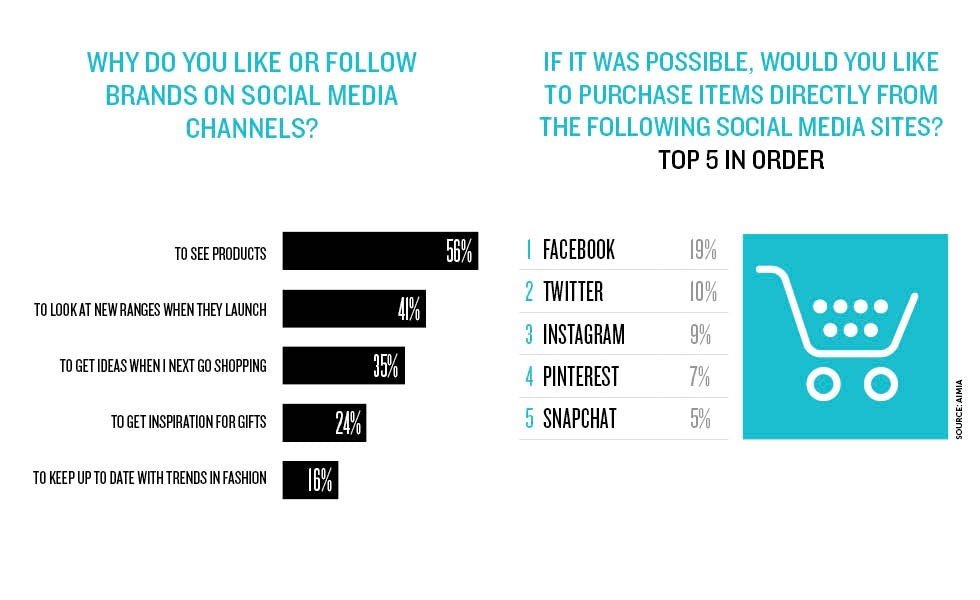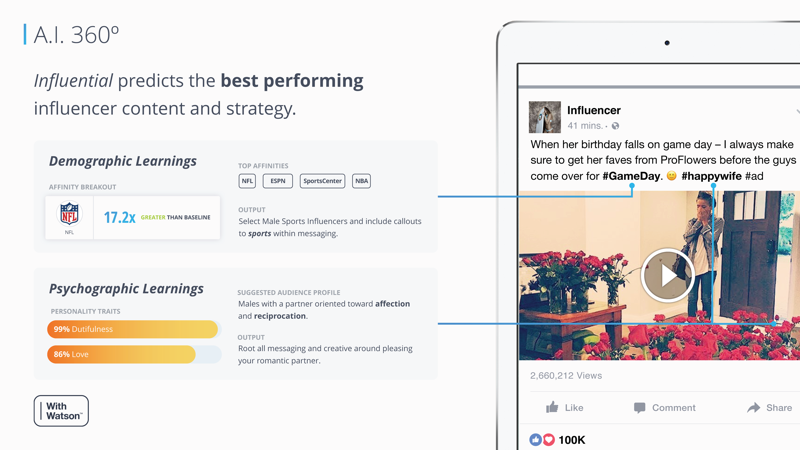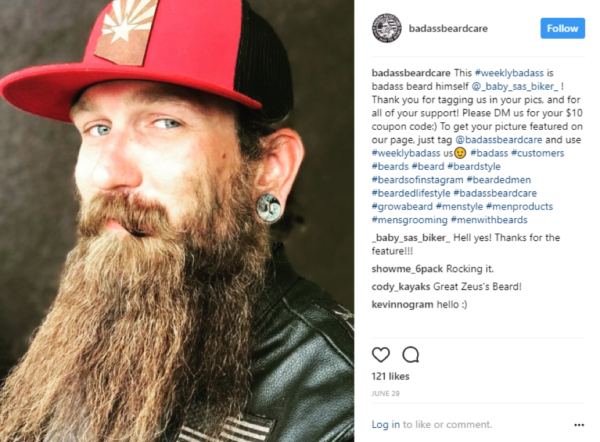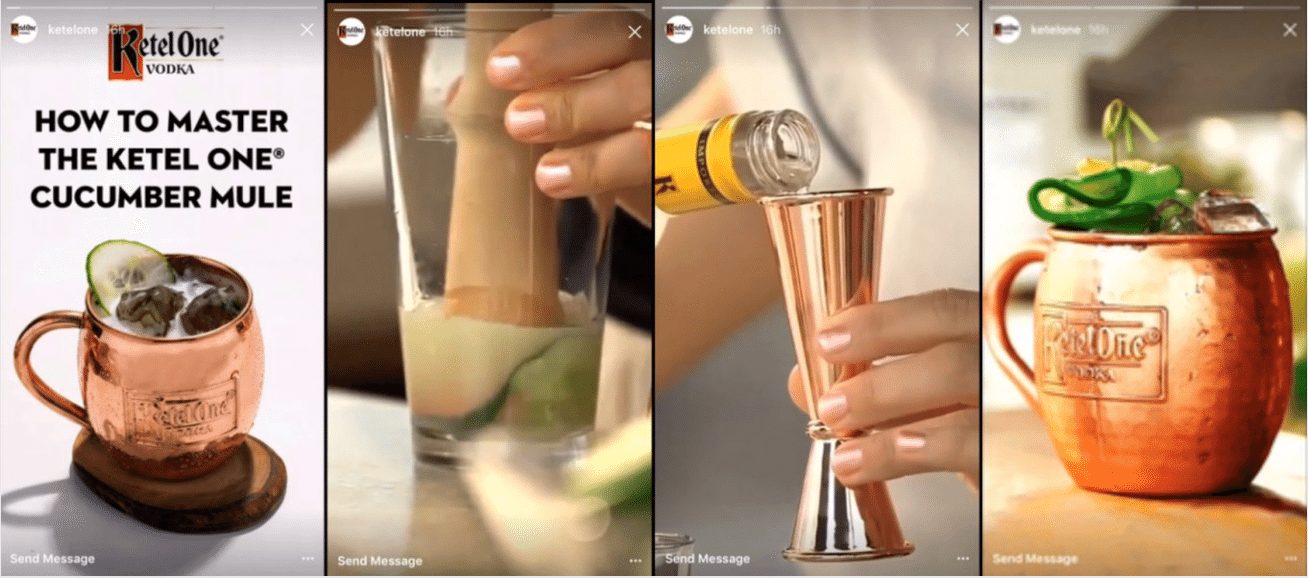
Social is the new storefront.
According to research by Marketing Week, about 31 percent of consumers check out a business’s social media page when looking for products to buy, rather than visiting the company’s website.
This shift in consumer behavior provides online brands with a great opportunity to make social media not just a home for brand PR, but also a powerful lead generator that boosts conversions and increases brand loyalty.
But all that consumer pre-buy focus on social channels doesn’t mean capturing attention is easy – it just means there’s attention to capture.
Microsoft did a study which shows the average social media user has an attention span of just eight seconds.
This means your social strategy needs to pack a punch if you want it to lead to conversions.
I’ll discuss the four areas where savvy marketers should focus when viewing social as a lead-gen platform.
Primary Sales Channel
Most businesses view social media as a platform for building brand awareness and audience engagement. And it’s great for that.
However, the report from Marketing Week found that consumers also prefer to buy products directly through social media, rather than clicking links which lead to a website.
Reducing the steps involved in the buying process can significantly improve conversion rates.
And selling directly through social networks lessens the risk of losing a customer as they make their way to your website and shopping cart.

Many e-commerce platforms offer social selling extensions, such as options to create a Facebook store.
Instagram and Pinterest offer sellable posts which lead consumers directly to a checkout page without ever needing to leave the social media app.
Ignoring these options is likely leaving money on the table.
Strategically Leveraging Social Influencers
Social influencers have an impact – in some segments, an overwhelming impact – over consumer buying habits and brand affinities.
Despite some problems and uncertainties, influencer ROI can still be high.
But how can a marketer be strategic in a sea of 10,000 individual influencer opportunities?
One way to do this is to integrate AI technology into your influencer marketing strategy.
AI can determine the best possible influencer accounts for the broadest reach and highest engagement with targeted audiences.
It also accurately tracks the performance of the campaign and can even create stronger emotional connections through optimized messaging.

Here are the key things to remember:
- Be sure your influencer can reach your target audience.
- Your influencer pick must match up with the overall branding message your company is trying to get across.
- Make sure you maintain enough control over the campaign to align messages and channels with your brand’s value proposition.
Lead Generation: Incorporate Meaningful User-Generated Content
User-generated content (UGC) is a powerful tool for marketing. That’s because humans are psychologically programmed to trust those we identify with.
Generally, consumers trust authentic individuals far more than a faceless brand.
By featuring UGC on your social media pages you can build trust. And at the same time, it will allow you to promote your brand in a meaningful way.
Spin Sucks created the ultimate guide to UGC last year. They also explore the specifics of Instagram UGC, and social storytelling in past posts.
The point is, you need to focus on real customers and share their content as frequently as possible.
This can be as easy as reposting customer pictures and videos. Or you can create a branded hashtag and share testimonials. Share customer reviews to create an even more user-focused social presence.
Does it work, you ask? Well, UGC-based advertising has 29 percent higher conversion rates.
And integrating it into your social media plan is the perfect opportunity to utilize your platforms as strong sales channels.

Focus on Brand Storytelling
At its core, social media is about sharing the information which connects us.
And making these types of meaningful connections can be the factor that turns a lead into a sale.
Just think about it. How have people shared their most meaningful information for thousands of years? Through storytelling.
Brands can use features such as Instagram and Facebook stories to create short, easy-to-consume, story-based content that resonates with their audience.
They’re ideal marketing tools for distributing informative or entertaining content which people see as interesting without being too promotional.
For instance, a clothing brand could share a mini fashion photo shoot and show how models and designers pair different pieces.
Food or restaurant brands could share a recipe with step-by-step instructions.
Other businesses could give their customers a behind-the-scenes look at how their products are made.

Attention Equals Conversion
Social media is no longer just about creating awareness or sharing promotional content.
These days it can be one of your highest generating channels for customer conversions.
But to fully leverage its potential, make sure your marketing team is using your brand’s platforms with lead generation and conversion specifically in mind.
By viewing social media as a sales channel, online businesses can increase conversions through better content and more strategic influencer partnerships.
And they can even transform their account pages into an extension of their online stores.
Use social media to increase your leads, your audience, and ultimately, your sales.
Photo by Jakob Owens on Unsplash